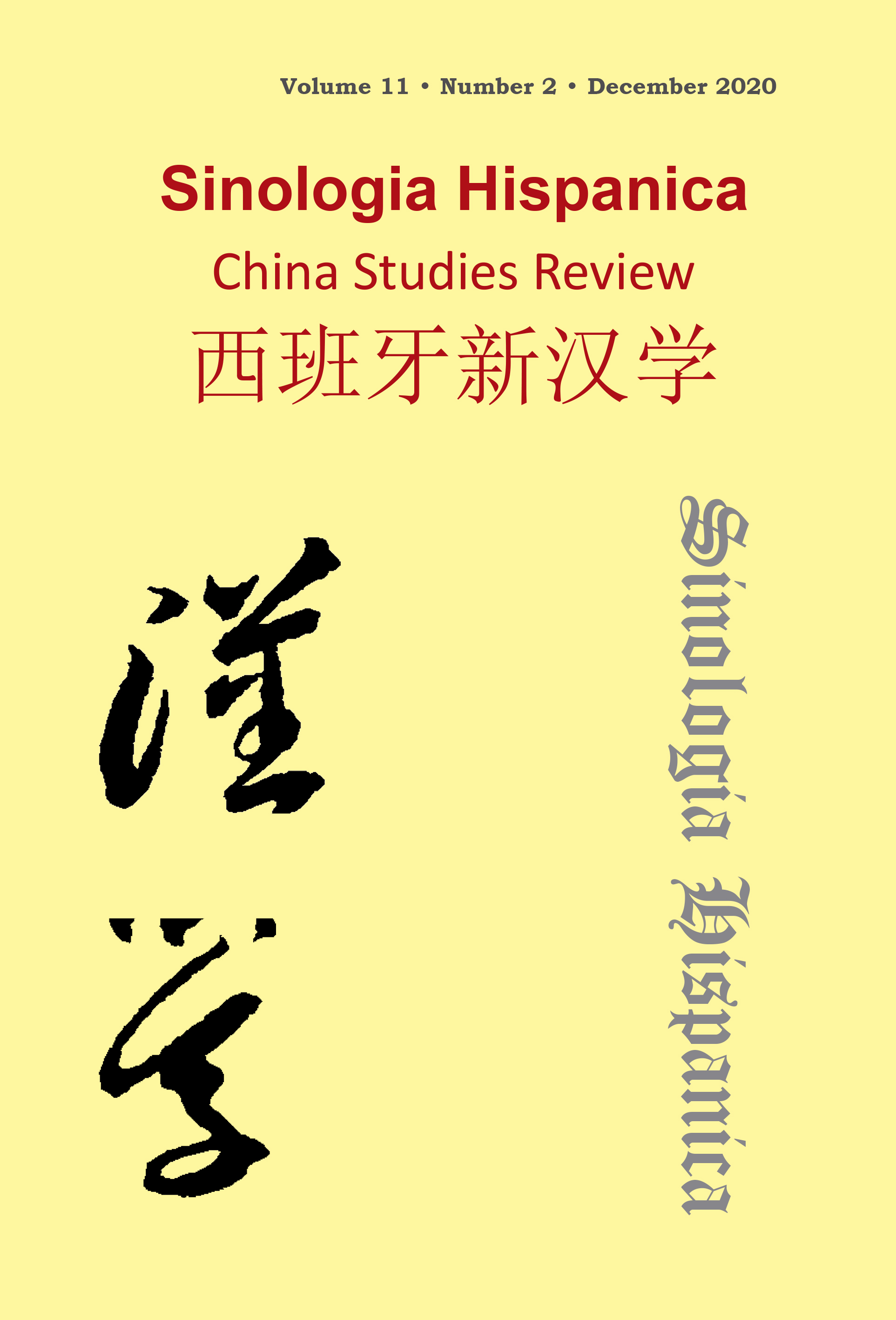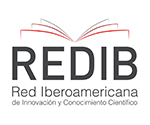The Spanish-Chinese Translation of Terms by the Dominicans at the End of the Ming Dynasty
DOI:
https://doi.org/10.18002/sin.v11i2.6907Palabras clave:
16th and 17th century, Chinese Incunabulae, Translation of terms, Dominican missionariesResumen
By the end of the 16th century and at the beginning of the 17th century, the Spanish Dominicans initiated their missions with the Chinese merchants in Philippine Islands. This is a preparing period before they land on the Continental China. During these years, they published fore incunabulaein Chinese: Testimony of the True Religion (Bian Zhengjiao Zhenchuan Shilu, Juan Cobo, 1593), Christine
Doctrine (Dominican Friars, 1604?), Memorial of the Christian Life in Chinese (Liaoshi Zhengjiao
Bianlan, Domingo de Nieva, 1606), Symbol of Faith in Chinese (Gewu Qiongli Bianlan, Thomas mayor,
1607). This article will discuss how the Dominican missionaries translated the western terms in these
incunabulae, the coherence in the use of translated terms between different incunabulae, the types
of terms concerned in them and the difficult situation the friars faced translating them. Through this
investigation, the early Dominican evangelic policy and method towards the local Chinese in Philippines
will be revealed. Also we will comment on the particular methodology of the translation of cultural
references between Western languages and Chinese.
Descargas
Métricas alternativas
Descargas
Publicado
Cómo citar
Número
Sección
Licencia
Derechos de autor 2021 Xiao Yin

Esta obra está bajo una licencia internacional Creative Commons Atribución-NoComercial-CompartirIgual 4.0.
Sinologia Hispanica. China Studies Review considers all manuscripts on the strict condition that
- The authors grant on a nonexclusive basis the exploitation rights (reproduction, distribution, public communication and transformation) of the work accepted for publication to the University of León. The authors can establish, on their own, additional agreements for the non-exclusive distribution of the version of the work published in the journal (for example, placing it in an institutional repository or publishing it in a book), always acknowledging the initial publication in this journal.
- The manuscript is your own original work, and does not duplicate any other previously published work, including your own previously published work.
- The manuscript is not currently under consideration or peer review or accepted for publication or in press or published elsewhere.
- The manuscript contains nothing that is abusive, defamatory, libellous, obscene, fraudulent, or illegal.
- Please note that Sinologia Hispanica uses Turnitin software to screen manuscripts for unoriginal material. By submitting your manuscript to Sinologia Hispanica you are agreeing to any necessary originality checks your manuscript may have to undergo during the peer-review and production processes. Any author who fails to adhere to the above conditions will be rejected.
- Authors are allowed and encouraged to electronically disseminate the pre-print versions (version before being evaluated) and / or post-print (version evaluated and accepted for publication) of their works before publication, since it favors their circulation and earlier dissemination and with it a possible increase in its citation and scope among the academic community.
Sinologia Hispanica is under Creative Commons Attribution-NonCommercial-ShareAlike 4.0 International License. You can read more about this license in versión informativa and texto legal.








